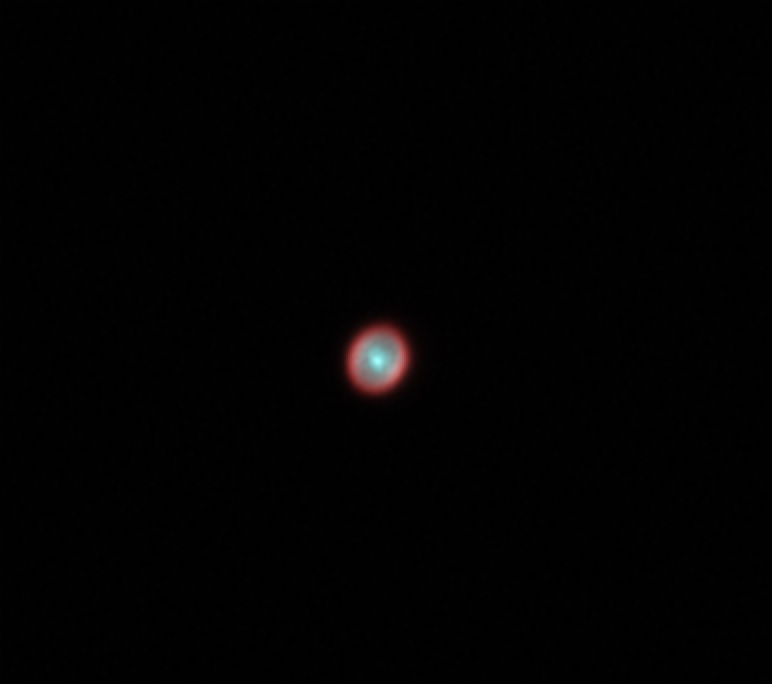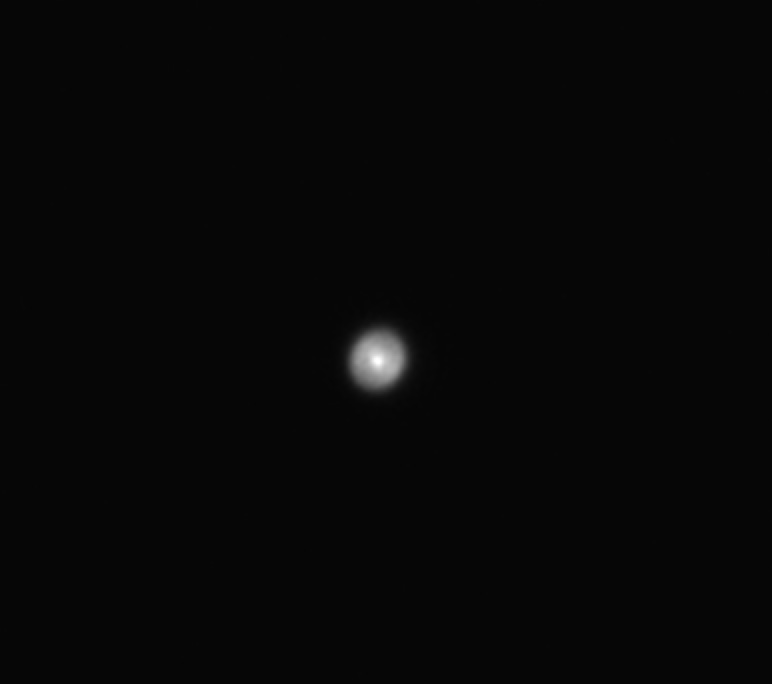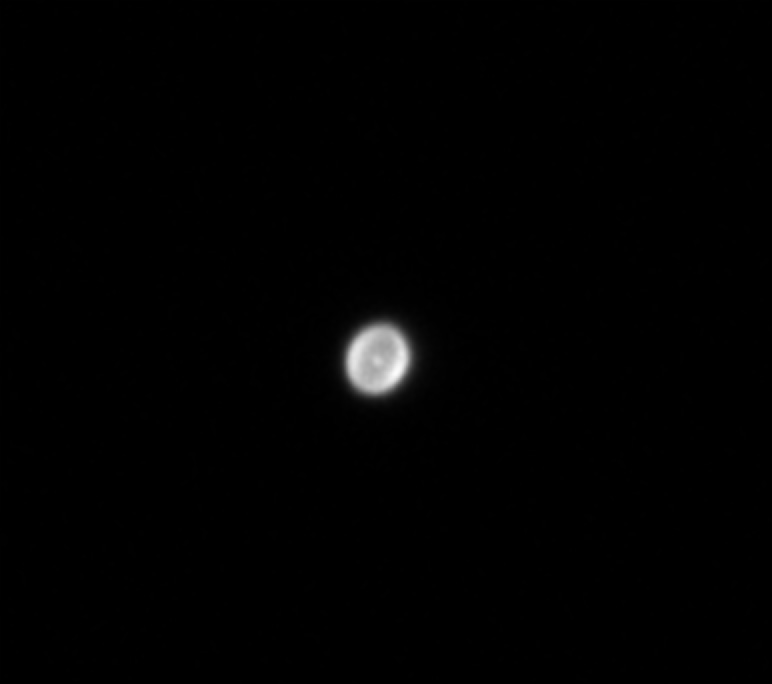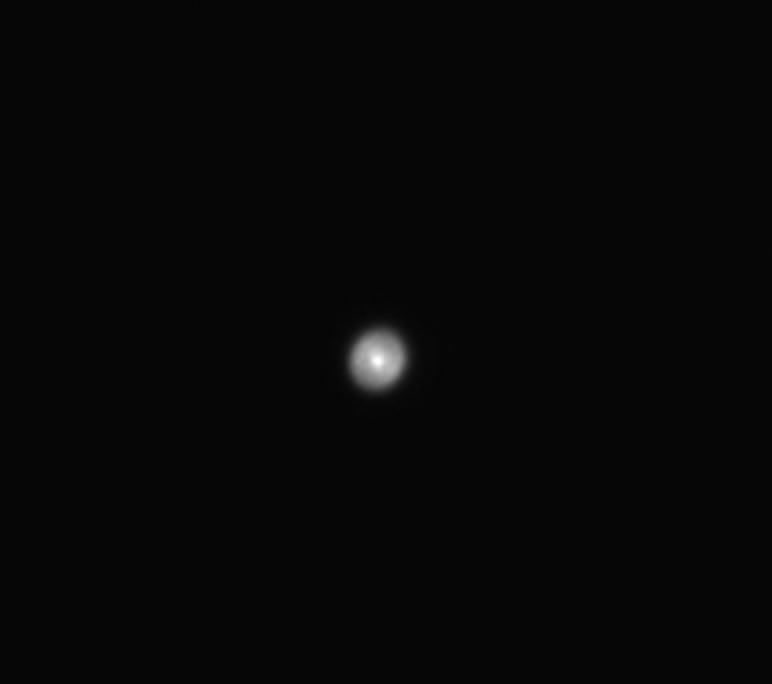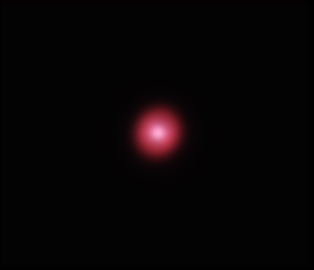believe it or not i've never used a filter wheel before
just manually screwed one filter on, imaged for a few nights, then went on to the next
not a big deal for super long narrow band imaging, but inconvenient for quick bright planetaries
so the filter wheel that came with the camera is more of a novelty to me
than the larger, more sensitive chip
thus a quick shot of a bright planetary as first light.
after seeing IC 418 listed as one of winter's best planataries in feb S&T
i decided to revisit the red planetary with narrow band filters
as my prior rgb effort yielded nothing but a red disk with a brighter spot in the center
so here it is in NII/OIII/OIII:
it's difficult to make out the central structure at native image scale
so i upsampled x2
for a final resolution of (EDIT: 0.2"/px) (makes a difference to my eye)
straight linear stretch with a bit of RL deconvolution
in OIII there is a disk with a subtle central brightening:
here's the NII which shows a central star with an outer shell:
blink
difficult to say whether the mottling is noise or a hint of the spirograph pattern detected in the hubble image
interestingly combining the NII and OIII in a color image
seems to create an unsharp mask like effect
making the central OIII brightening (gem) more evident
prior effort (RGB 2007):
i also shot HeII subs but found only a very faint ring around the central star
seemed matched continuum filter images with equivalent exposure (accounting for bandwidth)
meaning it's either broadband glow or artifact such as reflections, corrector plate dust etc.
of course after imaging it i came across this on Jim Kaler's web site
indicating there are no HeII emissions:
http://stars.astro.illinois.edu/sow/ic418.html
"The low excitation nebula, with its relatively cool central star, does not exhibit He II emission lines (those of ionized helium), just those of He I (neutral helium)"
i believe this is taken from a 50 year old reference:
From L.H. Aller and J.B. Kaler, Astrophysical Journal vol. 140, p. 936, 1964.
so i'm a bit behind the times...
i also shot a 20 minute sub binned x2 in NII and OIII
and found no evidence of any other outer shell (didn't check Ha)
8" LX200R, SX Trius 694 0.4"/px
astrodon 3nm NII, 3nm OIII filters
NII 22x30s, OIII 20x30s
ASA DDM60
no AO no guiding
1/2/15
